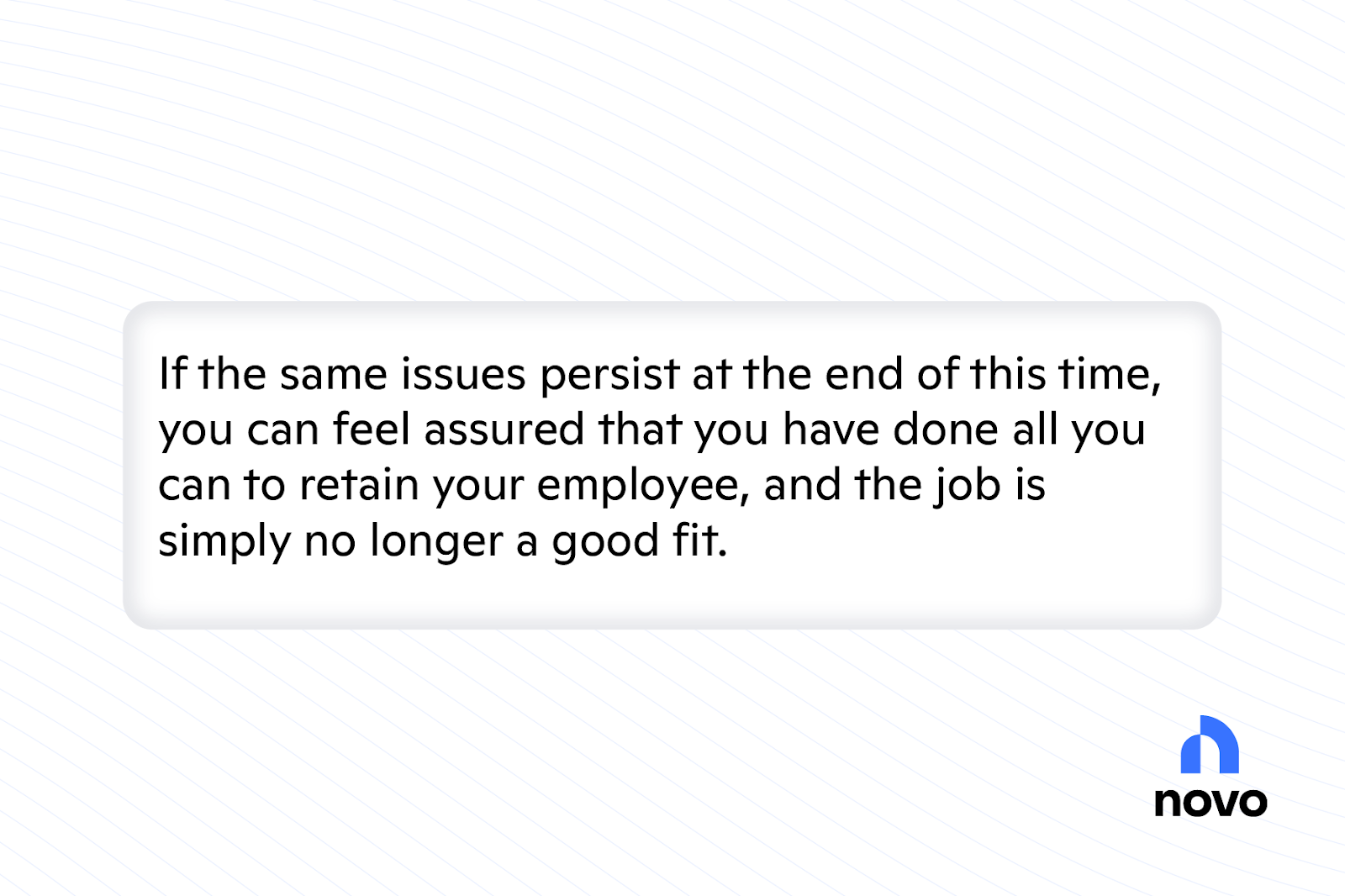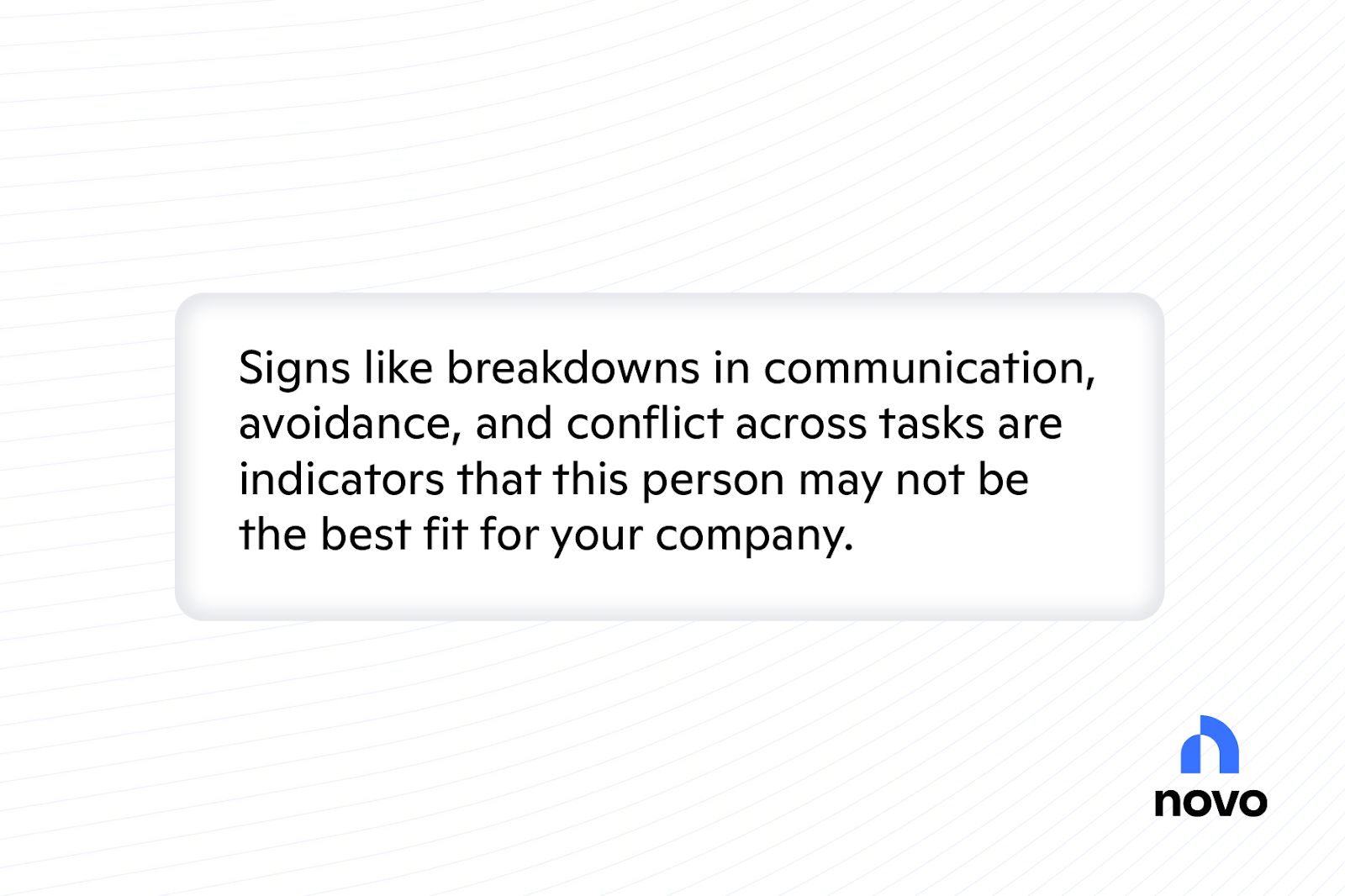.jpeg)
have a confession: not everything about owning a business is great.
There are milestones in the life cycle of a business that every entrepreneur remembers. They come with palpable emotions and vivid memories. There’s the day you launch your business, full of nervous energy and boundless optimism. There is the euphoria of making your first sale. And nothing compares to the feeling of triumph when your business grows bigger than yourself and you’re able to hire your first employee.
The sense of accomplishment that comes from these milestones is what entrepreneurs hold on to in order to keep going. However, every entrepreneur who has scaled from simply owning a business to being an employer knows that the rush of hiring people will eventually lead to the disappointment of letting someone go.
No employer wants to take the step of terminating someone’s employment. After all, they were hired for a reason. There may come the point, however, when it is best for all parties involved to separate.
But how do you know when that point has arrived? In some cases, it’s crystal clear. Violations of company policy, employee theft, integrity issues, and other serious breaches are situations where the only remedy is to end employment.
Alas, more often than not, the road to the pink slip is long, with no clear marker of where it must end. If you have been mulling over a staff member’s status at your business, consider these three signs to know when it’s time to let them go.

The employee’s performance consistently fails to meet expectations for three months or more.
It’s important to remember that employees are people with whole lives outside of their jobs. Sometimes that life can seep into the workplace, affecting job performance. While business owners should be empathetic to the ebbs and flows of employee performance, lulls in a team member’s productivity should not happen regularly and last indefinitely.
If you’re noticing that your employee is repeatedly missing deadlines, making careless (or costly) errors, or simply not meeting the expectations of their role, it is important to have a conversation with them sooner rather than later.
Everyone you hire should receive clearly communicated objectives when they start a position. During your conversation with them, use these objectives as a basis for the standards you hold them to and the standard you expect for someone of their position. Be sure to use concrete examples (dates, assignments, and pertinent communications) of when they did not perform as expected.
For example, if an employee is to submit a weekly report every Wednesday, but it has been late (with or without prior communication) or incomplete more than twice in a quarter, bring this to their attention during your conversation. You should detail all areas in which they are not meeting your expectations.
Now, be mindful that this conversation is not meant to be a “dumping session.” Ask questions about why they have missed the mark on these occasions and what they need in order to get back on track. When possible, offer resources (like training or mentorship) to support them in improving their performance.

Here is the key to this conversation. Give them measurable milestones for improvement, along with a timeline to meet these milestones. The timeline should be 60-90 days. It is prudent to have regular check-ins on their performance during this period; that way, you are both aware of whether the necessary changes are being made.
If the same issues persist at the end of this time, you can feel assured that you have done all you can to retain your employee, and the job is simply no longer a good fit.
The working relationship has deteriorated beyond repair.
There is this intangible factor in hiring called “fit.” Employers often reference scenarios akin to the airport test (i.e., could I be stuck in the airport for four hours with this person and not lose my mind?) to determine how well a potential staff member will gel with the company.
Fit tends to be an ever-moving target and is difficult to assess during an interview process. The person who is great to be around at a ballgame may not be all that pleasant to collaborate with on a client project.
So what happens when the finance whiz who was so personable during their interview turns out to be a constant source of tension and conflict in your business? Well, first, ask yourself if the issue is simply a difference in work styles. Are you structured in your approach to work while they are more flexible? Is the job performed well even if it isn’t how you would do it?
If you find that you are getting the results you want, it could be a good idea to look for ways to mediate differences in how the work is completed.
However, if it goes beyond simply having different styles, you might have a left shoe employee in your right foot company. Signs like breakdowns in communication, avoidance, and conflict across tasks are indicators that this person may not be the best fit for your company. Poor working relationships can steal the joy of business ownership, and you should never let anyone make you feel anxious or tense about running your business.

You have a solid coverage plan in place for their departure.
Hiring is hard. Filtering through multiple candidates, selecting who you think is the right person for the job, and then training them is a time and resource-consuming process. Sometimes, even when signs one and two are glaringly apparent, it can still be difficult to part ways with an employee because you don’t want to go back to the drawing board. What’s that saying about the devil you know versus the one you don’t?
Although we are in a particularly tough labor market right now, holding on to an employee who no longer meets your needs is not productive for your business in the long run. You will feel far more ready to follow through with termination when you have a plan for that employee’s departure.
It may take you 6-12 weeks to find a suitable replacement. The thought of their workload falling on your shoulders can definitely make you think twice about letting them go. But don’t let this deter you from making the right decision for your company.
Assess your current staff. Is there a team member who has been looking for more responsibility? Maybe you have an entry-level employee with the potential to grow into a bigger role. Start training one or two people on the regular duties of your soon-to-be former employee. You may have to expect that, for several weeks or months, that position’s contribution will be limited to the minimum output.
While training your remaining staff to share the workload burden, begin networking to find a suitable replacement. It may be in poor taste to post a person’s job while they are still in it, but that doesn’t prohibit you from having discreet conversations with people in your industry to see if they have recommendations for a replacement.
Ultimately, you will feel more comfortable ending a working relationship with an employee when you know their absence won’t impede company operations and you have a solid pipeline of potential candidates to fill the role.

For more on the author, click here.
%201.png)
.png)



